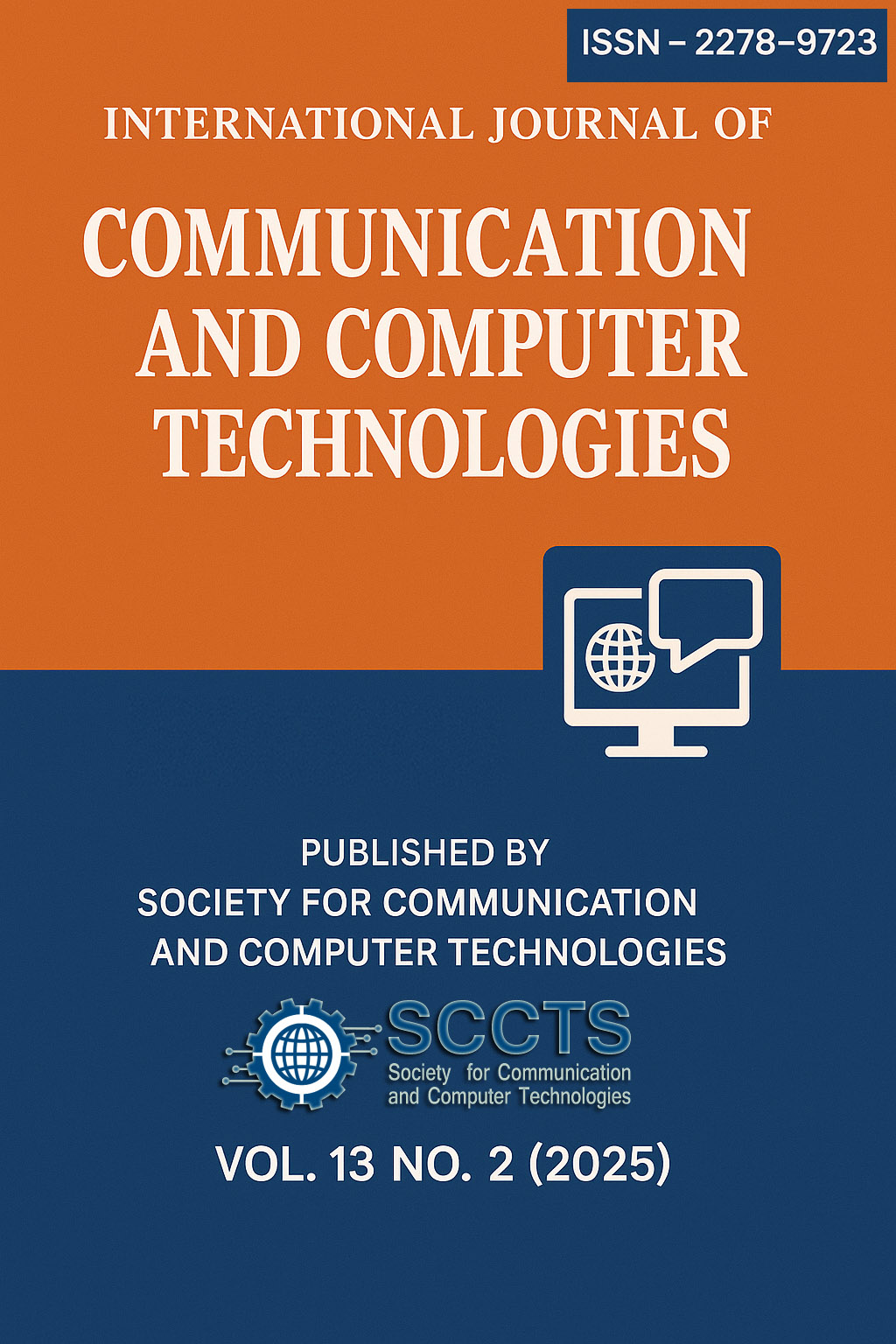An advanced state of art design of QCA based applications
Keywords:
Clocking phase, XOR gate, QCA Designer, polarizationAbstract
Quantum Dot Cellular Automata (QCA) offers a more efficient computational platform than CMOS. QCA is one of the most exemplary improvements proposed to replace the fundamental limitations of CMOS (complementary metal-oxide-semiconductor). It represents with circle type of dots digital information by polarizing electrons (polarization +1 and -1) and Quantum Dot. QCA technology can acquire a high density of integration in terms of clock frequency, smaller dimensions, high speed of operation (range of terahertz), and energy efficiency at the nanoscale level. In QCA, the implementation of Boolean logic functions uses an array of coupled quantum dots. We have a CMOS circuit in the existing model to overcome. This paper proposes a full adder circuit that is suitable for designing QCA-based circuits. The performance of various circuits based on the proposed full adder, full subtractor, half subtractor, and an Exclusive-OR (XOR) gate are verified using a truth table with a QCA Designer 2.0.3 tool to obtain computation results with graphical representation.
Downloads
Published
How to Cite
Issue
Section
License
Copyright (c) 2023 International Journal of communication and computer Technologies

This work is licensed under a Creative Commons Attribution-NonCommercial-ShareAlike 4.0 International License.




 The articles in Worldwide Medicine are open access articles licensed under the terms of the
The articles in Worldwide Medicine are open access articles licensed under the terms of the 